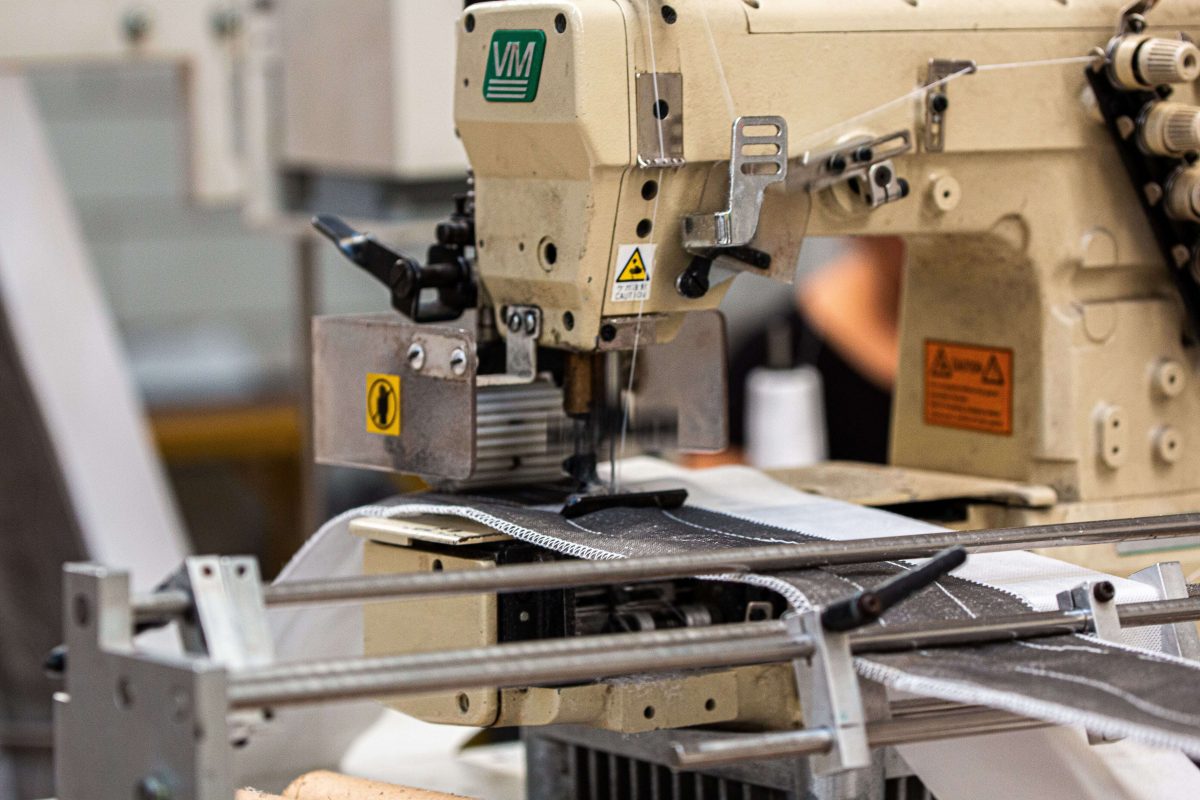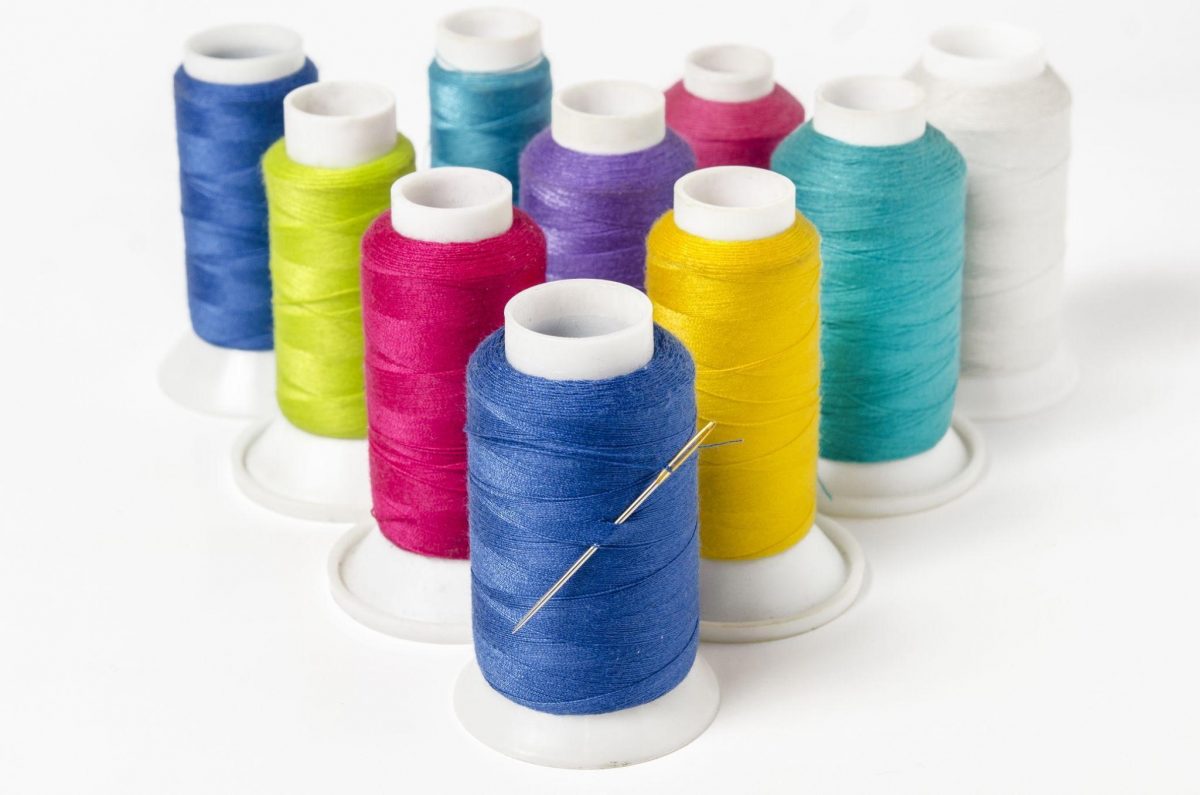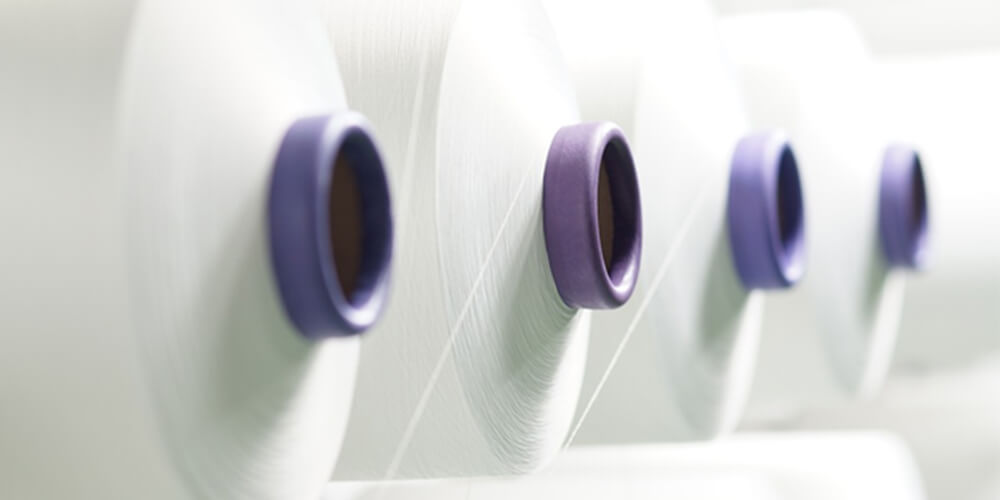Image source: https://unsplash.com/photos/3Ci-Ol1orsA
You may have the best equipment, processes, and engineering for producing sewing yarn, but even a tiny flaw in the substrate can hamper the sewing thread’s quality. Thus, your sewing thread yarn must use the highest quality substrate to maintain exceptional quality and finish. So, here’s a short guide on sewing thread substrates to get you started.
Know your sewing thread’s substrate
The sewing thread’s substrate can make or break your product, and it can also hamper the quality and design of the final product, as it may not be as durable to various environmental elements. Sewing thread manufacturers must choose the right form of substrate that meets your expectations and helps you deliver quality sewing threads to your customers.
Currently, sewing thread manufacturers use two types of substrate to make sewing thread yarn, which are as follows:
Synthetic substrate
The synthetic substrate is made from synthetic materials, such as polyester textured yarn or polyester filament yarn. It is widely used for sewing threads as it offers high tenacity, abrasion resistance, chemical fastness, and it is less prone to moisture, rot, mildew, or bacteria, among other benefits.
Natural substrate
Natural substrate is made from natural materials, like cotton, and it is often used for over-dyed cotton apparel. Generally, natural substrate is not widely used since it does not offer the same resistance level to harmful environments as synthetic substrate.
How substrate helps your sewing threads
You can never go wrong with high-quality sewing thread substrates, such as the ones AYM Syntex produces. Our substrate helps you prevent the most common pitfalls that come with producing sewing threads.
The most common challenges sewing thread manufacturers face include the substrate’s lack of seam strength, elasticity, abrasion resistance, chemical resistance, colour fastness, wash fastness, and twist TPM.
Our poly yarn substrates help you surpass those challenges seamlessly, offering your manufacturing process the following advantages:
-
- High tensile strength, offering firm seams during the wash and wear of the final product
-
- Higher initial modulus, ensuring minimal thread deformation during the shock loading process
-
- Smooth, consistent finish that makes twisting the yarn into a thread straightforward
-
- Good elasticity so that the thread can withstand predicted levels of stress and tension without deforming
-
- Lower shrinkage to maintain consistent finish during the sewing thread production and final use
AYM Syntex’s substrate production process
AYM Syntex’s sewing thread substrates are known for their ability to withstand the loads and tensions during the sewing thread production process and the user’s final use. This is ensured thanks to our meticulous process that uses state-of-the-art technologies and machines. Here is a snapshot of what our production process looks like:
1. PET chips sourcing
The first step in the process is to source PET chips from various vendors. These PET chips are produced from either virgin plastic or recycled plastic bottles. We maximize our use of recycled PET chips to lower our carbon footprint and reverse the cycle of environmental degradation.
2. Drying process
Next, the sourced PET chips are dried to bring down their moisture content from 600 ppm to 30 ppm using high-powered driers. This drying process prepares them for the melting stage that follows.
3. Melting stage
Now, the PET chips are melted at 280 degrees centigrade to turn them into a malleable fluid PET. This is done because molten PET is much easier to turn into fibre threads.
4. Spinning through cooling
Once the PET chips are melted, the spinning through cooling process begins, where the molten polyester is cooled and spun using a special machine. This process turns the fluid into long threads, and then, these fibres are straightened and arranged in a parallel manner to ensure uniformity and strength.
5. Twisting and soft winding
In the final stages, the filament yarns are twisted to produce coherence, strength, and flexibility. Once twisted, the filament yarn undergo the soft winding process, where they are transferred to a plastic tube or spring tube. This is set in preparation for the dyeing process.
It’s time you picked the right kind of sewing substrate for your sewing threads, whether your end-use is protective equipment, decorative curtains, or children’s garments. And to find the best quality, reach out to AYM Syntex. We are a leading sewing thread substrate manufacturer that offers you products that meet your expectations with high quality and construction.
Also Read:




